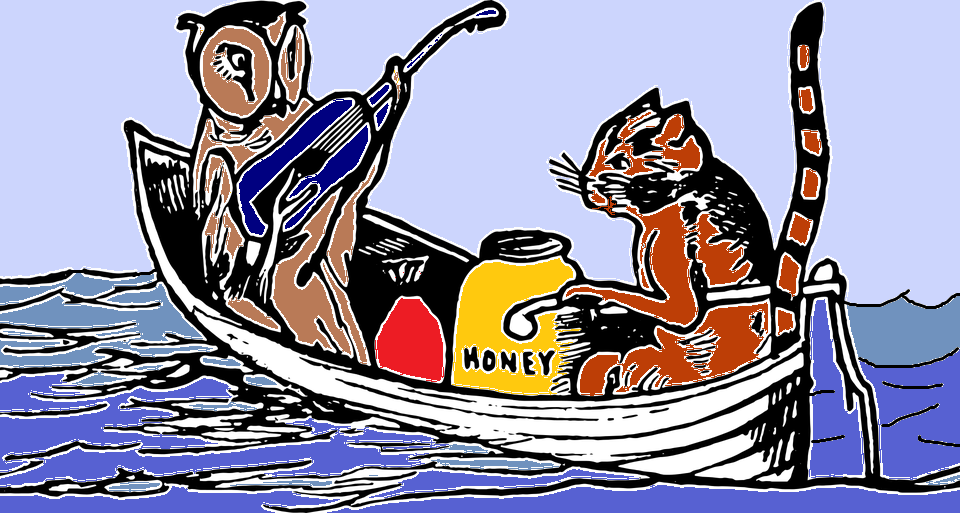 Nursery rhymes are ideal tools for the English language classroom. Teaching English as a foreign language to young children calls for a different approach. Regular textbooks might not cut it when it comes to stimulating little minds. EFL teachers need to use short, lively, fun exercises to make the words memorable and grammar points particularly easy to grasp.
Nursery rhymes are ideal tools for the English language classroom. Teaching English as a foreign language to young children calls for a different approach. Regular textbooks might not cut it when it comes to stimulating little minds. EFL teachers need to use short, lively, fun exercises to make the words memorable and grammar points particularly easy to grasp.
Young children always respond well to music and song so what better learning method than to incorporate catchy rhymes and songs into an EFL lesson? Nursery rhymes can often be learned with accompanying actions to make them even enjoyable for children to sing along to – which will of course help to make them memorable!
Old King Cole and his fiddlers three might be just what your EFL class needs!
Using nursery rhymes to teach English
Using nursery rhymes to teach English is a wonderful way to connect language with song and rhyme. Rhymes and songs can also be just as useful for adult learners as they can teach a lot about the culture of a country.
For example, the rhymes London Bridge is Falling Down and Ring o Roses have a strong historical significance, which can lead the lesson onto other themes and open up the lesson to many different teaching options.
English children learn a lot from nursery rhymes and songs, such as numbers, tenses, the names of animals, words that rhyme and much more. Remember Hey Diddle Diddle, Little Miss Muffet, Humpty Dumpty and so many more wonderful nursery rhymes.
Learning English through rhyme makes the lesson more fun. Of course, when activities are more enjoyable, children will be more likely to remember new vocabulary.
One Two Buckle My Shoe
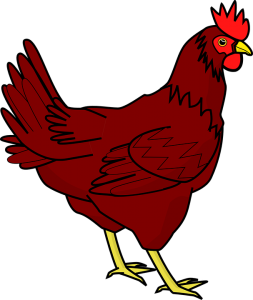
One two buckle my shoe
Three, four, knock at the door
Five, six, pick up sticks
Seven, eight, lay them straight
Nine, ten, a big fat hen
Eleven, twelve, dig and delve
Thirteen, fourteen, maids a-courting
Fifteen, sixteen, maids in the kitchen
Seventeen, eighteen, maids in waiting
Nineteen, twenty, my plate’s empty.
One Two Buckle my Shoe is a great rhyme for EFL learning and can be used to help children and older EFL students learn their numbers and various nouns, adjectives and verbs and how they work together.
For example, a shoe can be buckled up using a buckle; you can pick up and lay out sticks – some great phrasal verbs.
The apostrophe is not only used for possessives but also to shorten words, as shown here: ‘my plate’s empty’ means ‘my plate is empty’.
Children can also do the actions for many of the lines in this rhyme to create even more fun and engagement in the classroom.
One Two Buckle My Shoe has an interesting and very simple rhyming structure that rhymes each second beat of the same line. For example, ‘two’ and ‘shoe’, ‘four ‘ and ‘door’, ‘six’ and ‘sticks’, etc.
Old King Cole
![1. Old King Cole by WIlliam Cresswell via Flickr (https://www.flickr.com/photos/crackdog/3591494486) [CC BY 2.0] Teach EFL Using Nursery Rhymes - Old King Cole](http://www.myenglishlanguage.com/wp-content/uploads/2012/08/old-king-cole-1-300x298.jpg)
And a merry old soul was he.
He called for his pipe
And he called for his bowl
And he called for his fiddlers three.
Old King Cole was a merry old soul
And a merry old soul was he.
He loved to dance
And he loved to sing
And he called for his cellists three.
Old King Cole can continue with many more verses, bringing in lots of different musical instruments.
This rhyme is perfect for practising the simple past tense, and for introducing subject and personal pronouns, adjectives and verbs – and of course musical instruments and who plays them!
Old King Cole rhymes the last words of the second and fifth line in each verse: ‘he’ and ‘three’.
Wee Willie Winkie
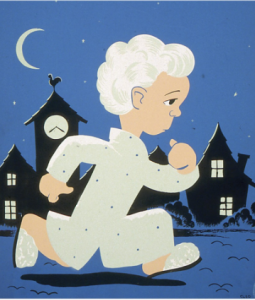
Wee willie winkie
Running through the town,
Upstairs, downstairs,
In his nightgown.
Rapping at the windows,
Crying through the locks,
Are the children all in bed,
For now it’s eight o’clock.
Wee Willie Winkie introduces a range of vocabulary.
For example, the verb ‘running’, the clothing of a ‘nightgown’, and the features of a house in the ‘windows’ and ‘locks’. It is also useful to discuss time, as here we hear about the time of ‘8 o’clock’ in the evening.
Wee Willie Winkie rhymes the second and fourth lines of each verse. Rhyming words here are ‘town’ and ‘nightgown’, ‘lock’ and ‘clock’.
Hey Diddle Diddle
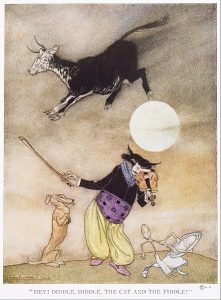
This nonsense rhyme is great fun and introduces some interesting vocabulary.
The word ‘diddle’ here is just a nonsense word without meaning, but this word is actually slang for ‘swindle’ or ‘cheat’ (e.g. to diddle someone out of something).
The ‘fiddle’ is another word for a violin. The crazy idea of a cow jumping over the moon is sure to capture children’s imaginations, while the dog laughing is another wonderful animal image.
The dish and spoon are useful kitchen-related words. The idea of these two kitchen utensils running away together makes this rhyme perfect for children to use as inspiration for drawing pictures.
In Hey Diddle Diddle, the first and second lines rhyme (‘diddle’ and ‘fiddle’), while the third and last lines also rhyme (‘moon’ and ‘spoon’).
Jack Sprat
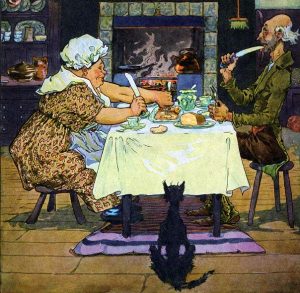
Jack sprat could eat no fat,
His wife could eat no lean,
So between them both, you see,
They licked the platter clean.
Jack Sprat is a funny story of one person who only eats lean meat and another who only eats fat.
Teachers will need to explain the word ‘lean’ to help children understand the significance of the protagonists’ opposite attitudes to their food!
It is also important that students know the word ‘platter’ means ‘plate’. Students will like to play with the rhyming words – the second and last lines rhyme in Jack Sprat (‘lean’ and ‘clean’).
Share your thoughts on using nursery rhymes to teach English
Do you think nursery rhymes are useful for language learning?
Which other nursery rhymes and songs are good for EFL lessons?
Students, have you used nursery rhymes to learn English?
Are there any words in this article you are unsure of?
Let us know your thoughts in the comments.
Attributions
- Old King Cole from The Baby’s Opera by Walter Crane c1900. Image by William Cresswell via Flickr [CC BY 2.0]
- Wee Willie Winkie – Children’s Nursery Rhyme Characters. Cropped image. Original image by Karen Arnold via Public Domain Pictures [CC0 1.0 Universal, Public Domain]
- ‘Hey Diddle Diddle’ from Mother Goose. The Old Nursery Rhymes, 1913, donated to Wikimedia Commons by as part of a project by the Metropolitan Museum of Art via Wikimedia Commons [CC0 1.0 Universal, Public Domain]
- Jack Sprat and his wife by Frederick Richardson [Public domain], via Wikimedia Commons

Hi everyone, it’s my first go to see at this website, and post is genuinely fruitful designed for me, keep up posting these articles or reviews.